Establishing rapport with nature
If nature settings are to be used for therapeutic interventions there needs to be recognition that, as with working with others forms of therapy, rapport is important. But in this case I’m not just talking about establishing rapport between client and therapist. Initially, rapport needs to be cultivated between the client and nature itself.
Rapport is defined as “a close and harmonious relationship” and in relation to delivering nature therapy this requires facilitating clients to make a connection with nature in ways that they feel is meaningful, which will vary from person to person. For example, one person’s route to connecting with nature could be through Forest Bathing, another through bushcraft activities.
What is key in all this is whether the client experiences positivity about their interactions with nature, making the same assessments as they would make through having an initial face to face conversation with a therapist.
Unless rapport between client and nature has been established it is less likely that nature therapy interventions will be helpful to the client.
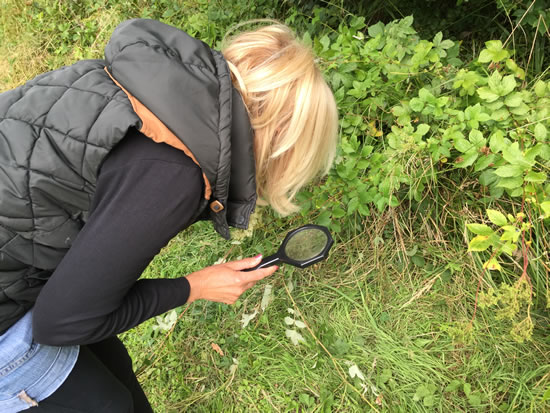
The relaxation response
The role of the therapist, whether working indoors or outdoors, is to help the client to relax, with the aim of effecting the therapeutic process. The beauty of working in the outdoors is that nature can do this so well because it can engage all the senses, simultaneously. This can effect a deep sense of relaxation and distancing of intrusive thoughts and emotions, contributing to overcoming mental fatigue and improving ability to focus. Read more about ART (Attention Restoration Theory) here.
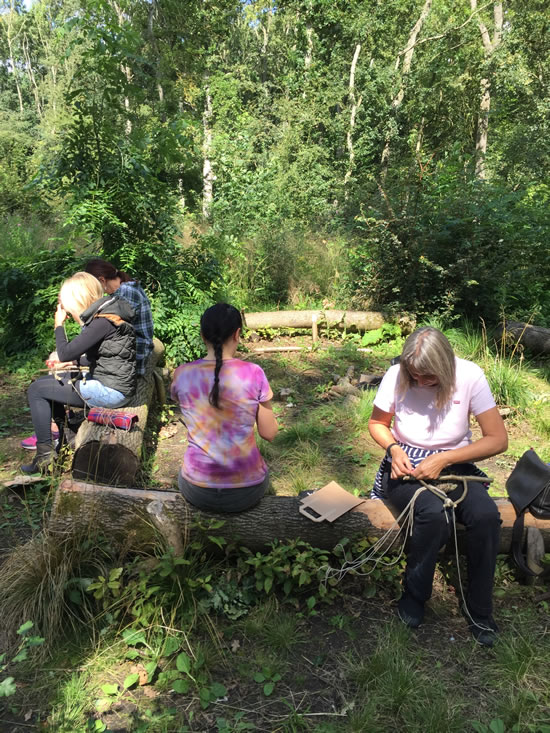
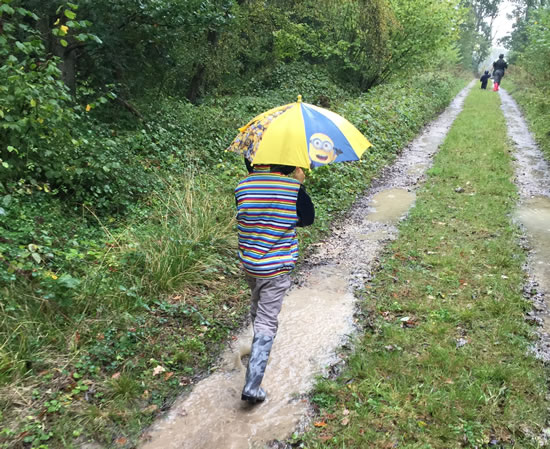
Weather the weather
There are challenges when working outside rather than inside, namely in relation to dealing with weather variations. However, if embracing erratic weather can be introduced into the therapeutic process it does provide a relatable metaphor about the human condition and weather changes day to day that happen, beyond our control.
Establishing readiness for therapeutic interventions
When outdoors in nature the therapist can place an emphasis firmly on the ‘lived’ process of therapy through mutual participation in making a fire, or making an interesting discovery involving something seen, heard, smelt tasted or touched. The natural world is full of sensory stimuli and in the course of engaging with nature through the senses it relaxes and calms the mind, enabling ‘readiness’ for therapeutic next steps.
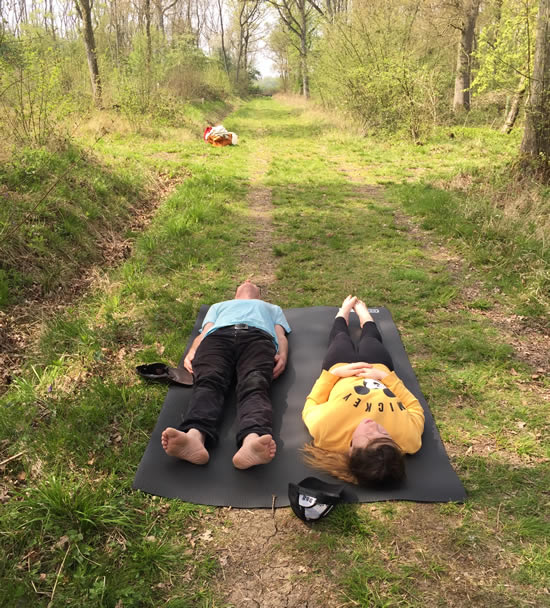
Therapeutic nature pathways
The therapeutic process outdoors involves both client and therapist interacting with both nature and one another. Being in nature can benefit the client/therapist relationship enormously and the dynamic nature of the natural world can provide rich opportunities that can inform therapeutic strategies.
There is no proof that therapeutic interventions outdoors are more effective than those carried out indoors. However, there is no doubt in my experience that some people respond far better to accepting therapeutic interventions if they are framed within a nature setting. The Biophilia theory proposes that people feel ‘at home’ in nature because humans share a deep seated need to connect with nature. When we feel ‘at home’ we generally feel relaxed and more open.
If being in nature helps individuals feel more relaxed there is a strong argument in favour of embarking on therapeutic interventions using nature as the catalyst. Connecting with nature can provide clients with a fluid and dynamic experience, more so than can be experienced or provided indoors.
if you or someone you know might benefit from nature therapy then do get in touch for an initial conversation about available options.

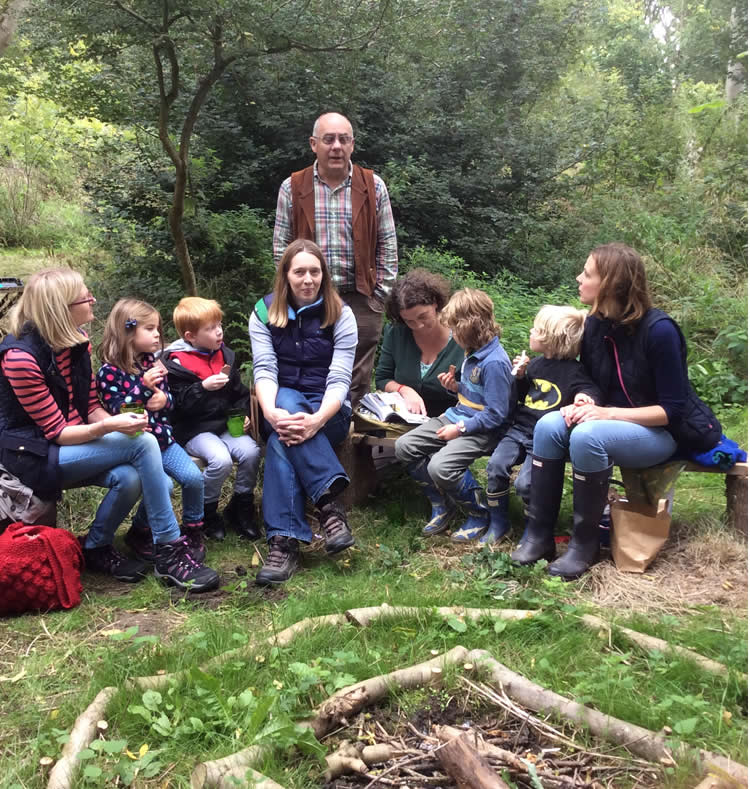

Recent Comments